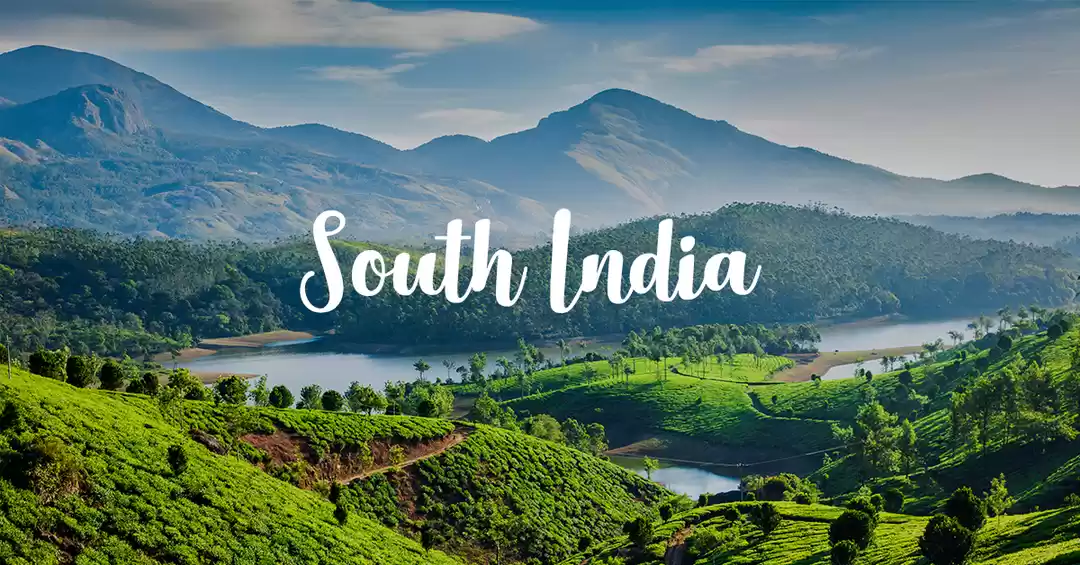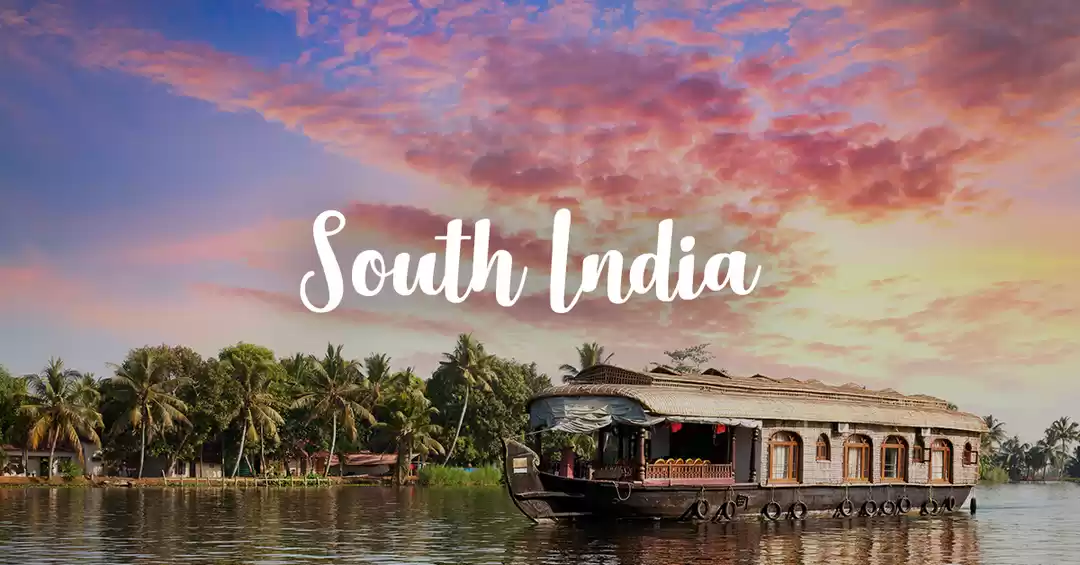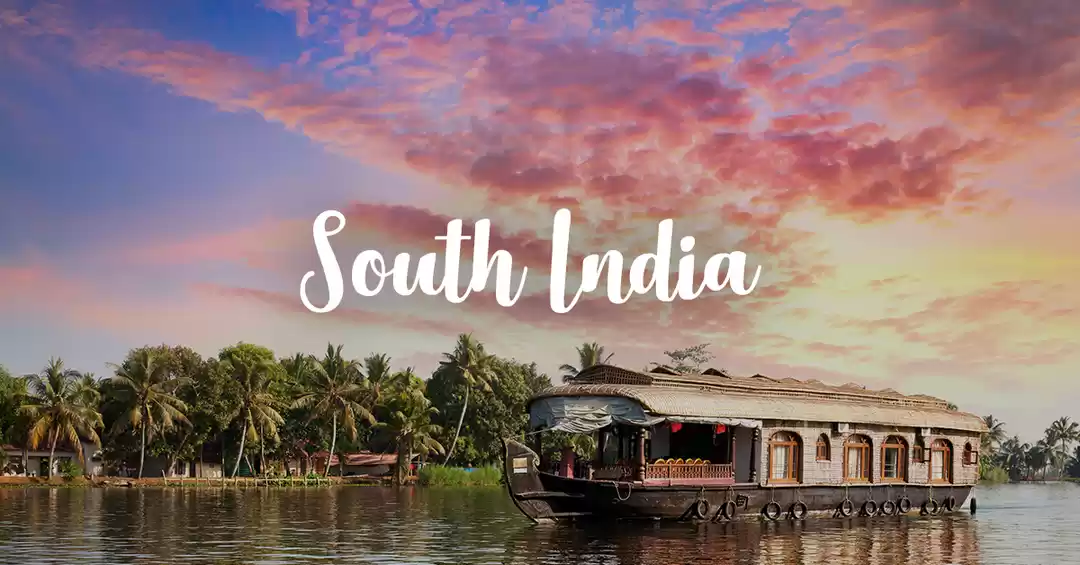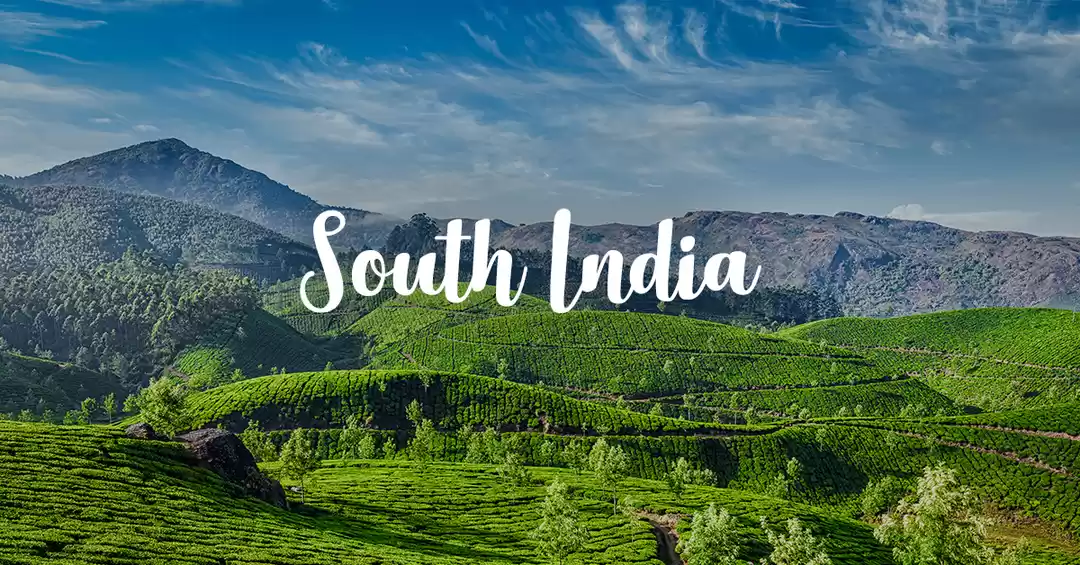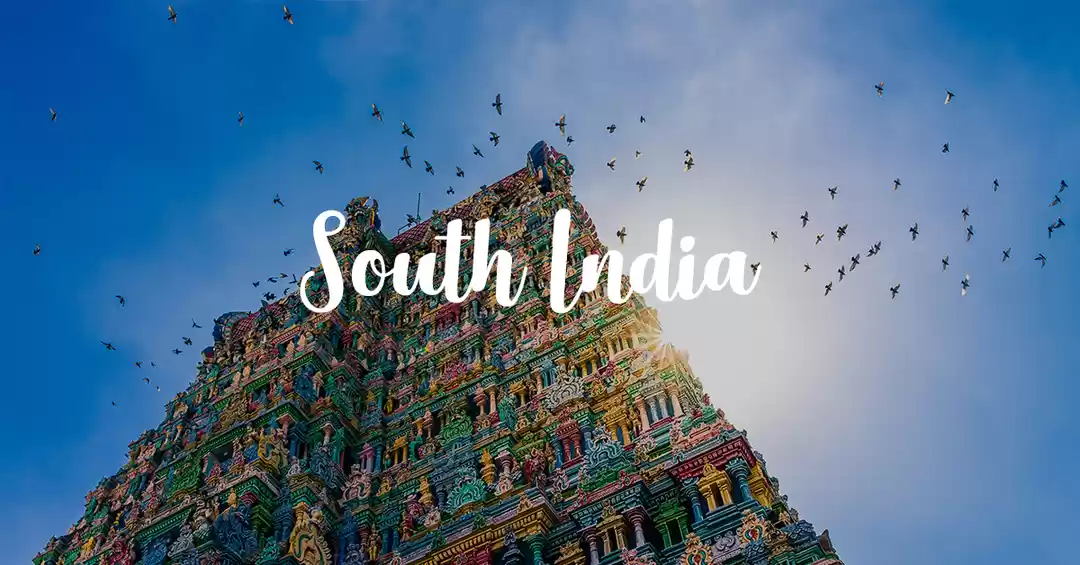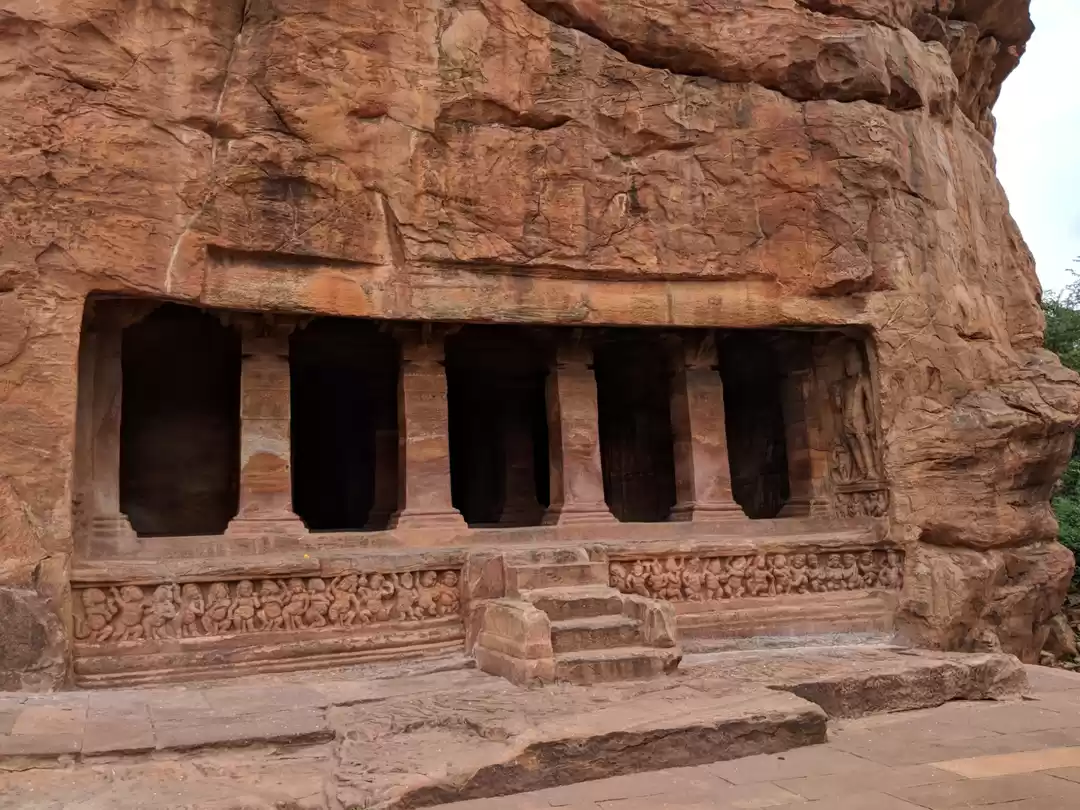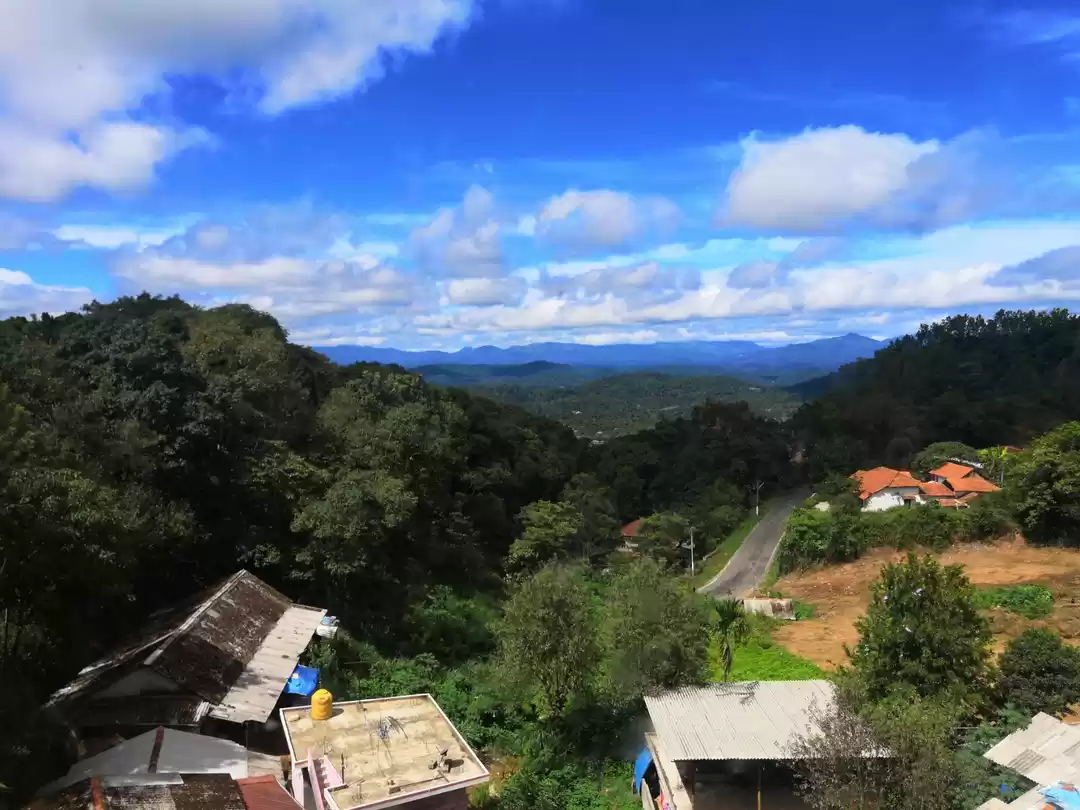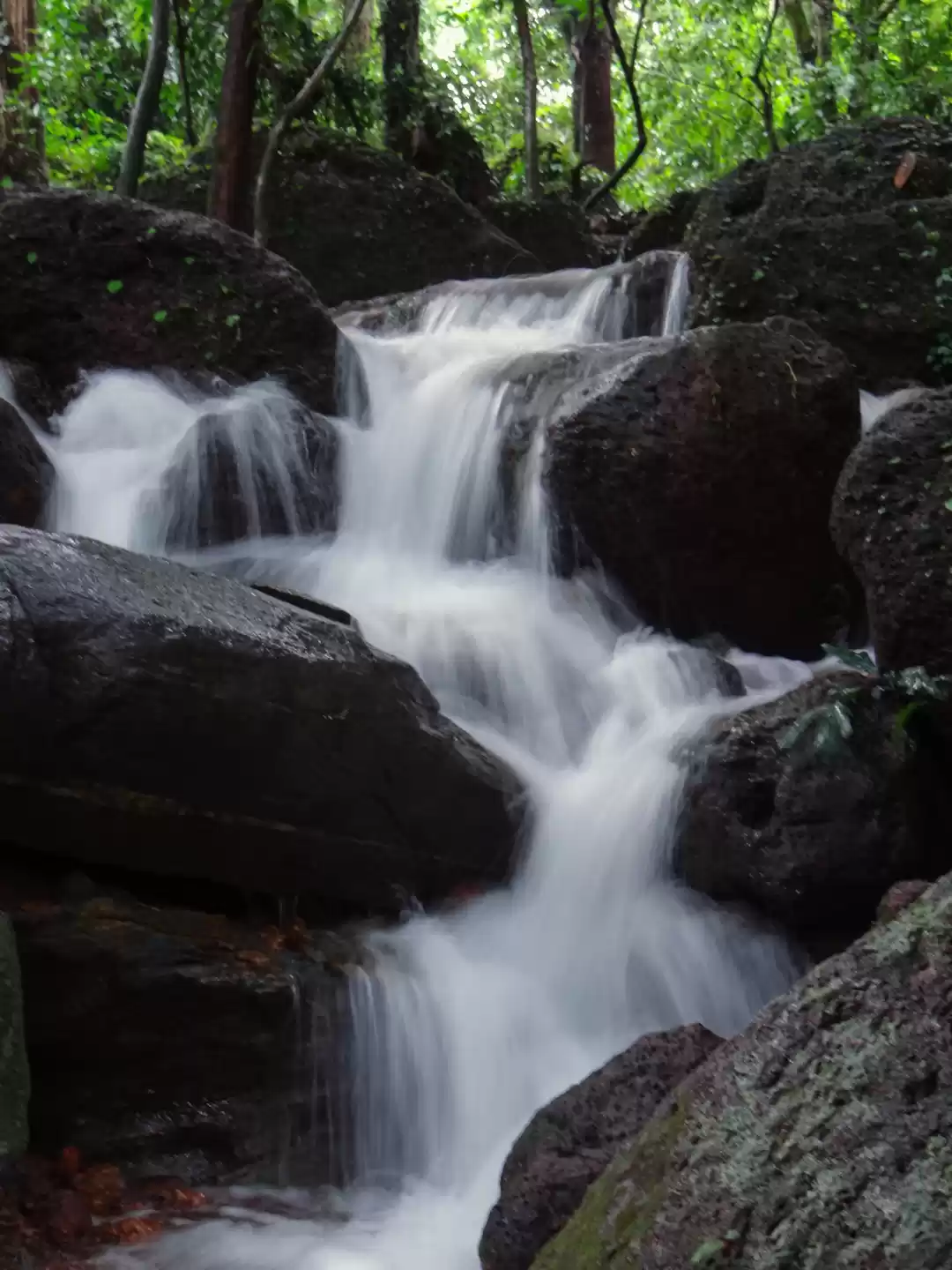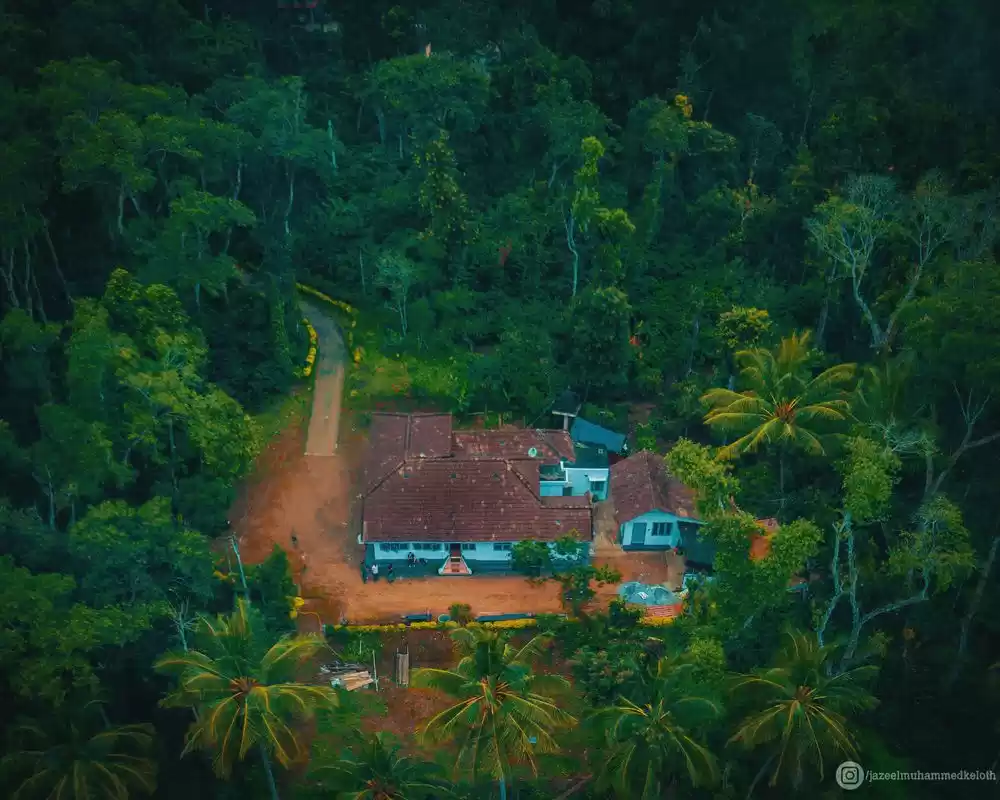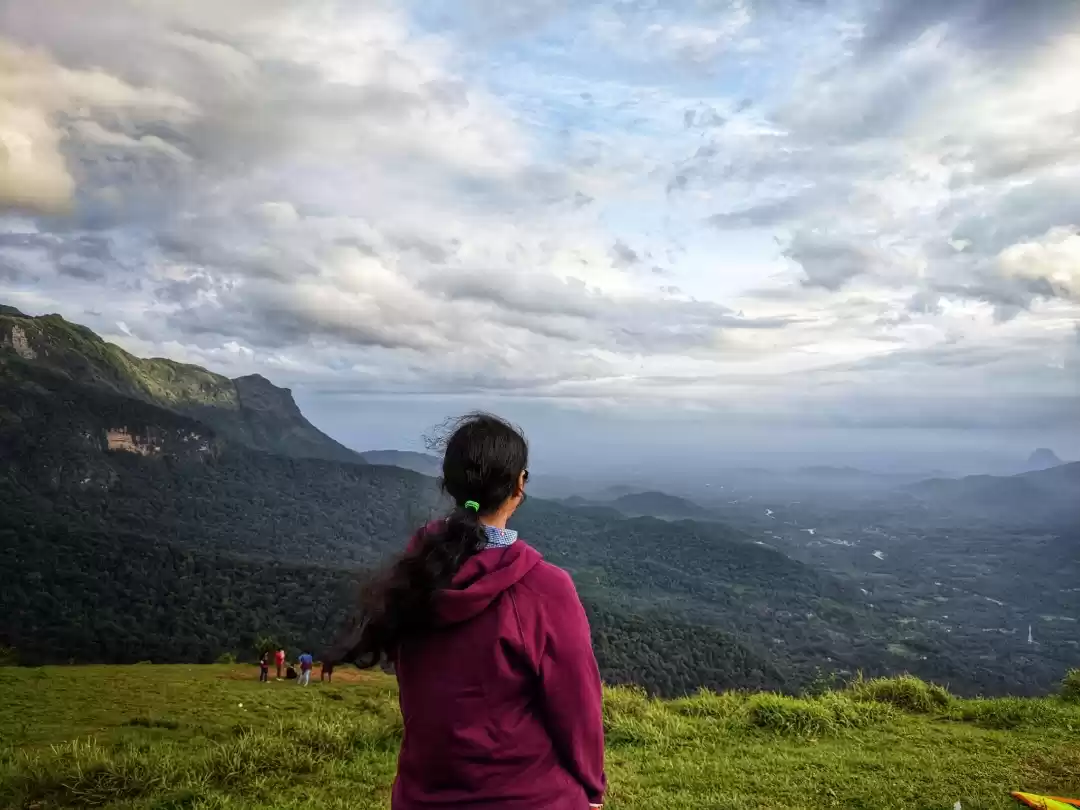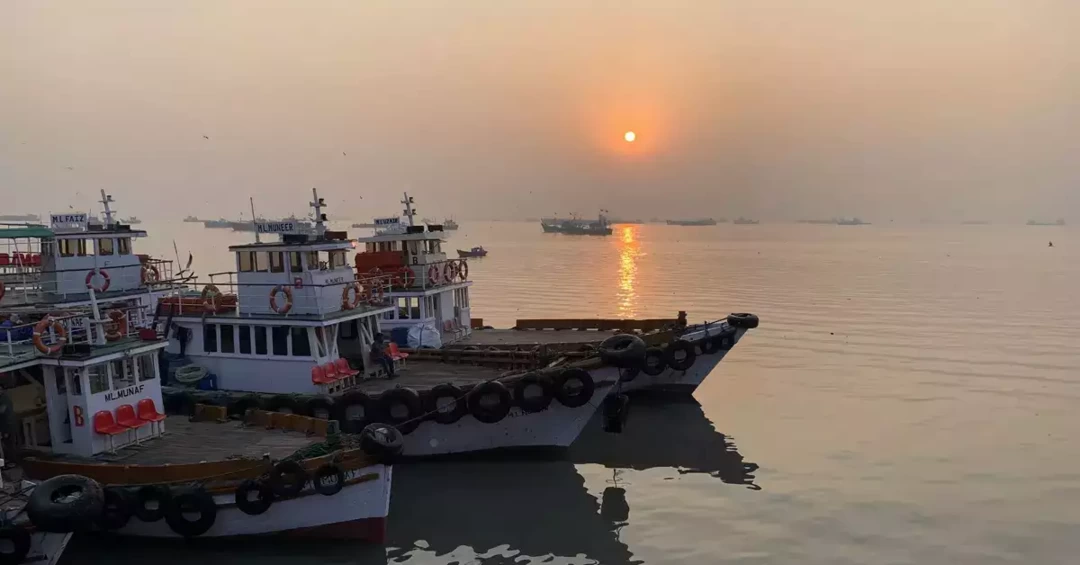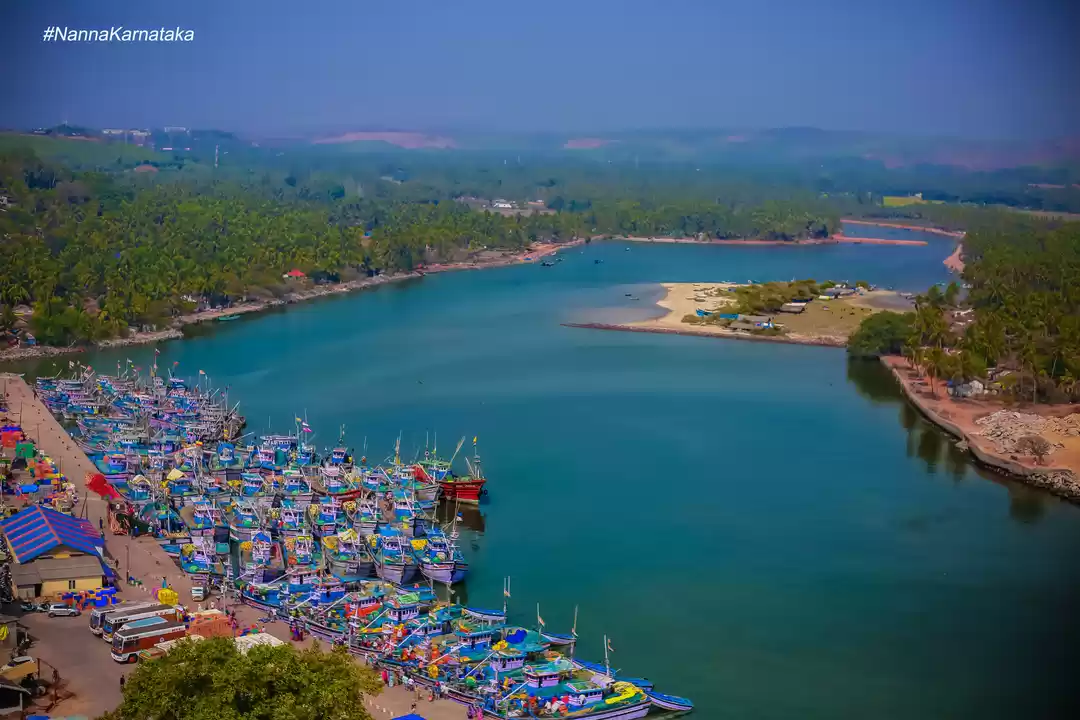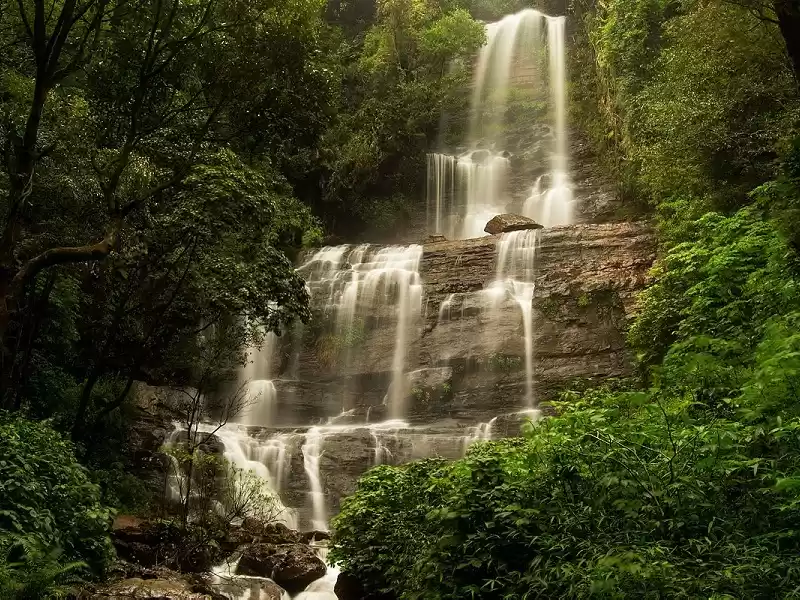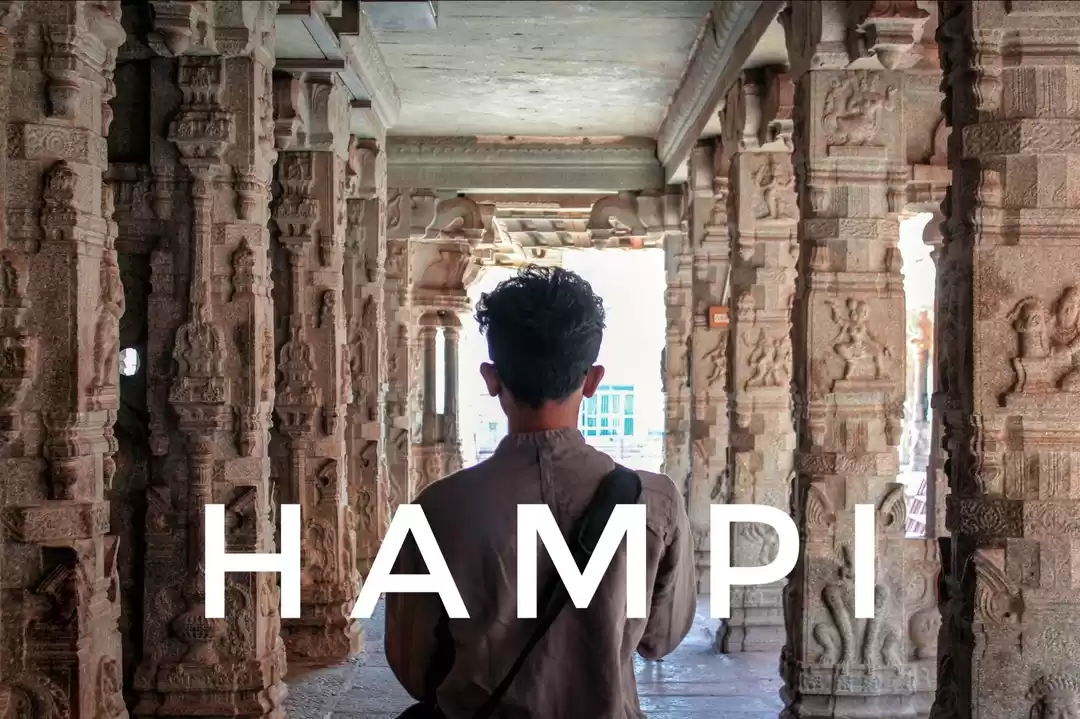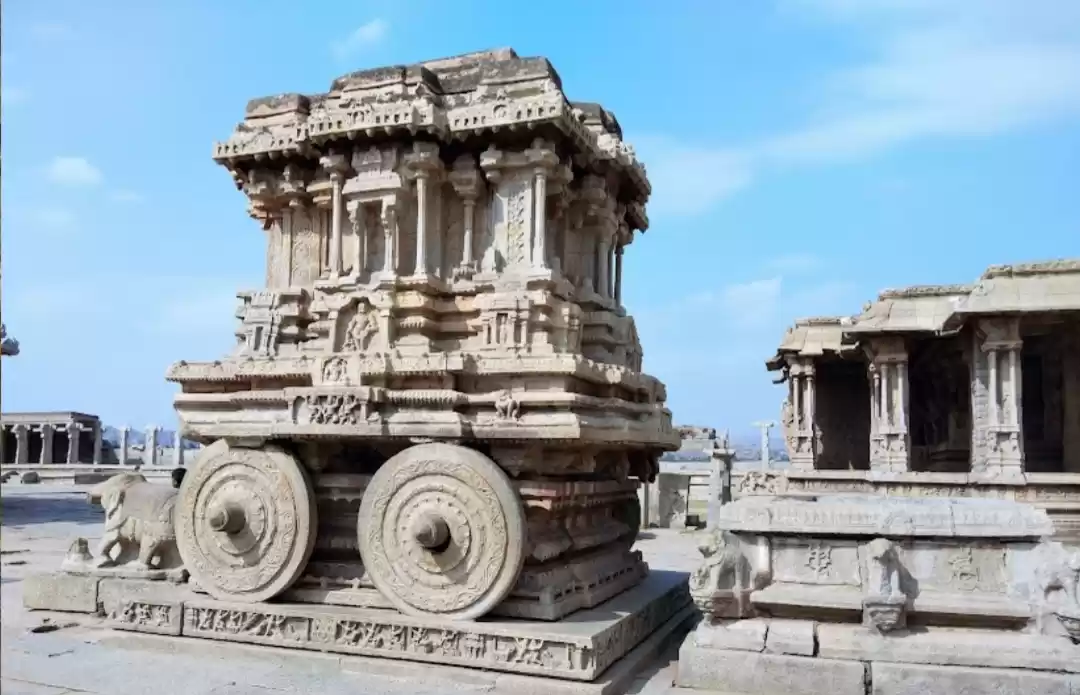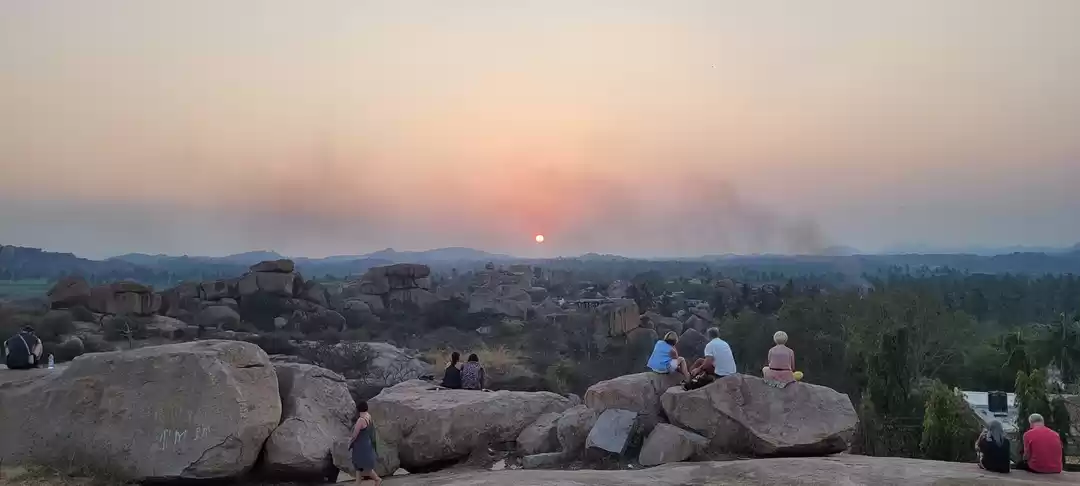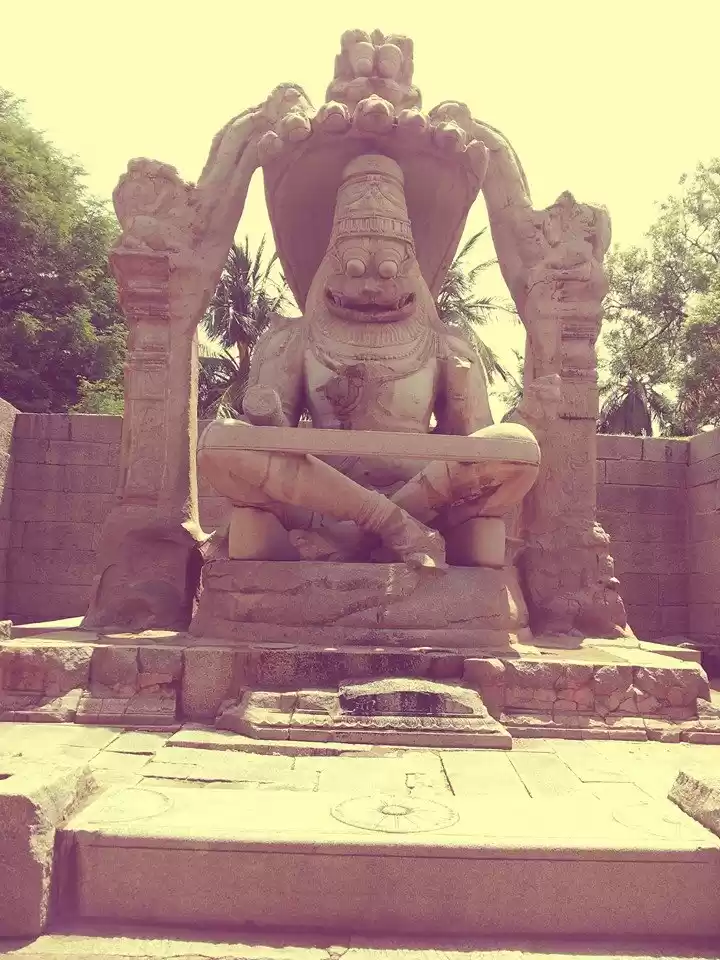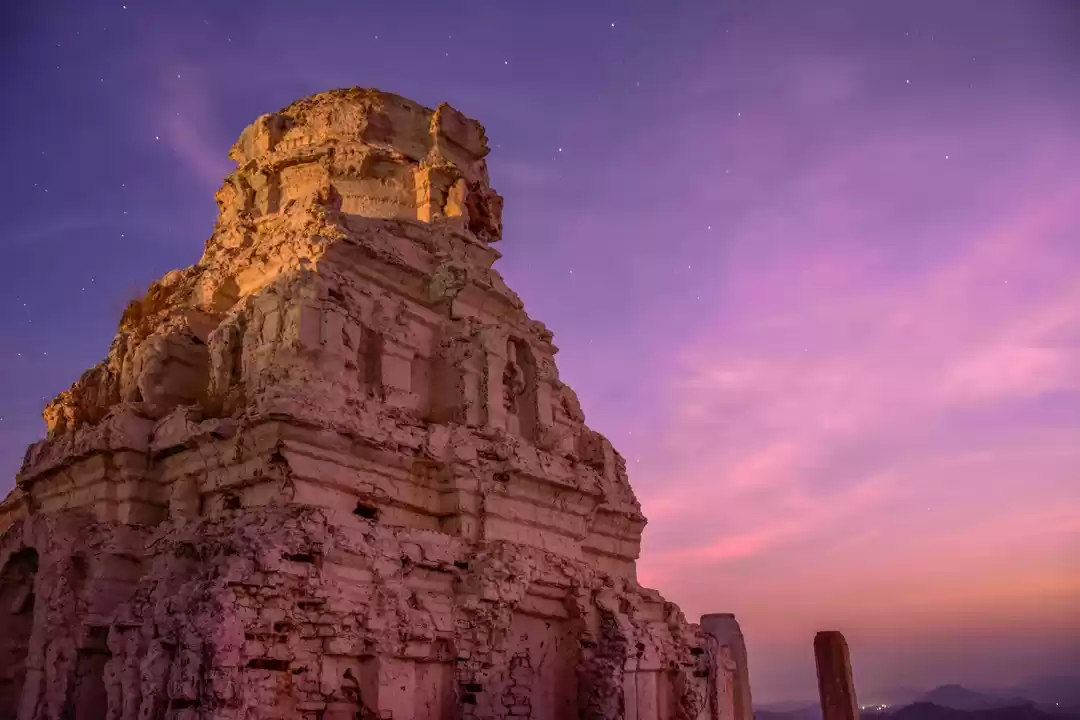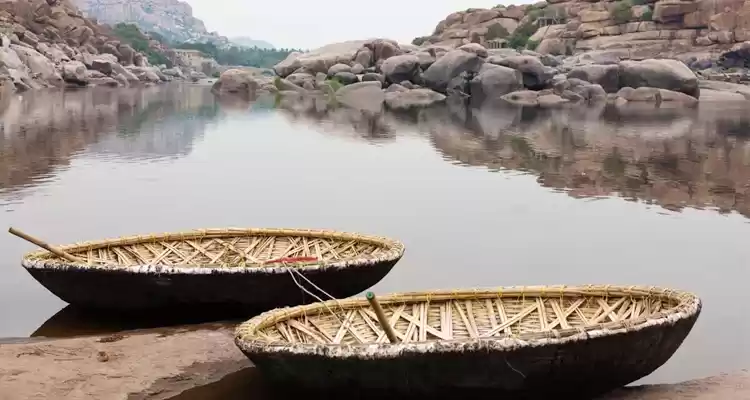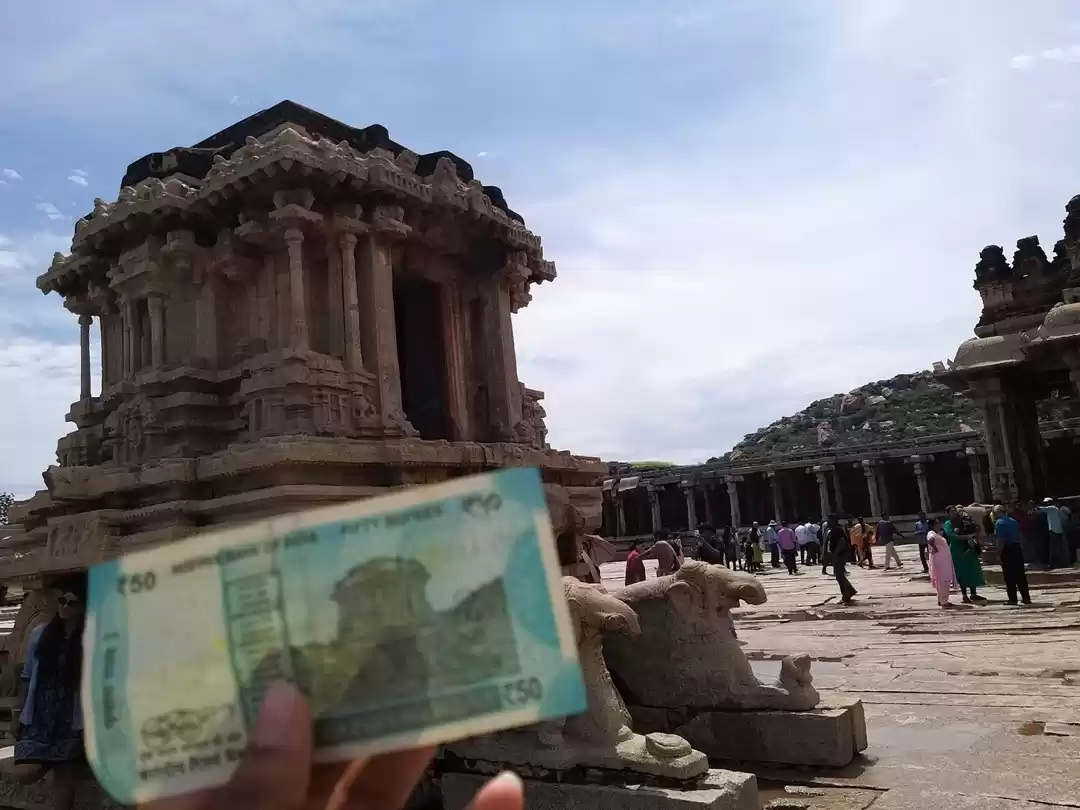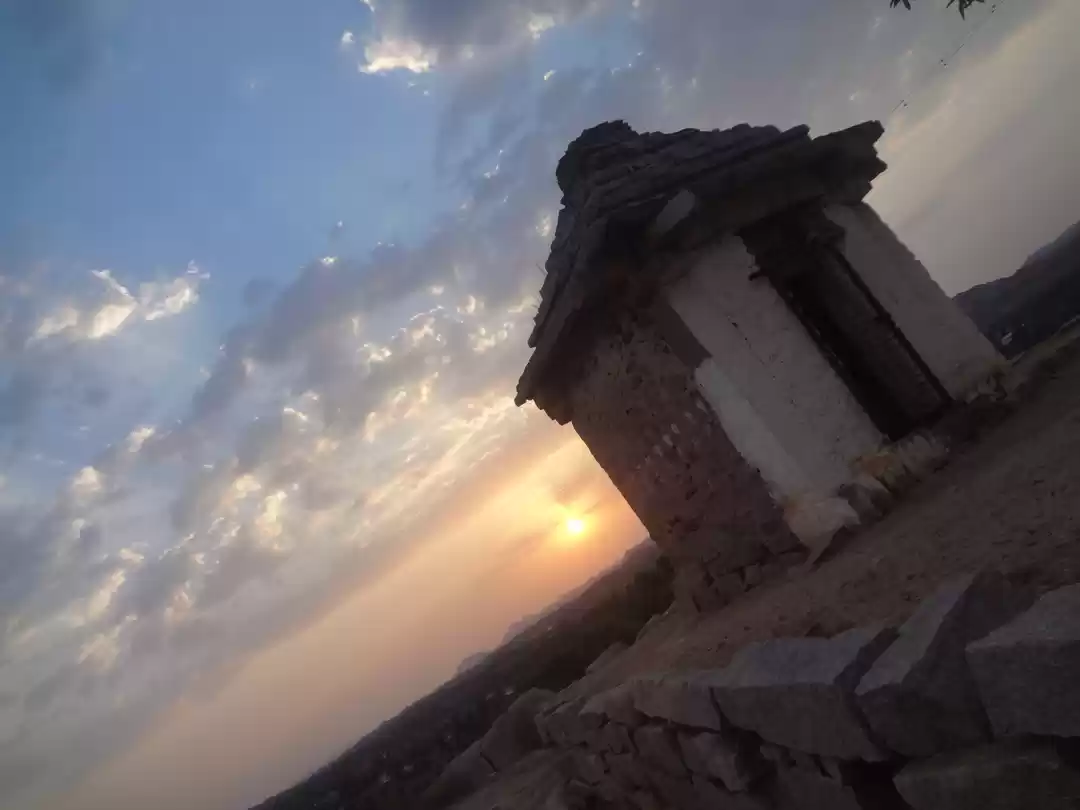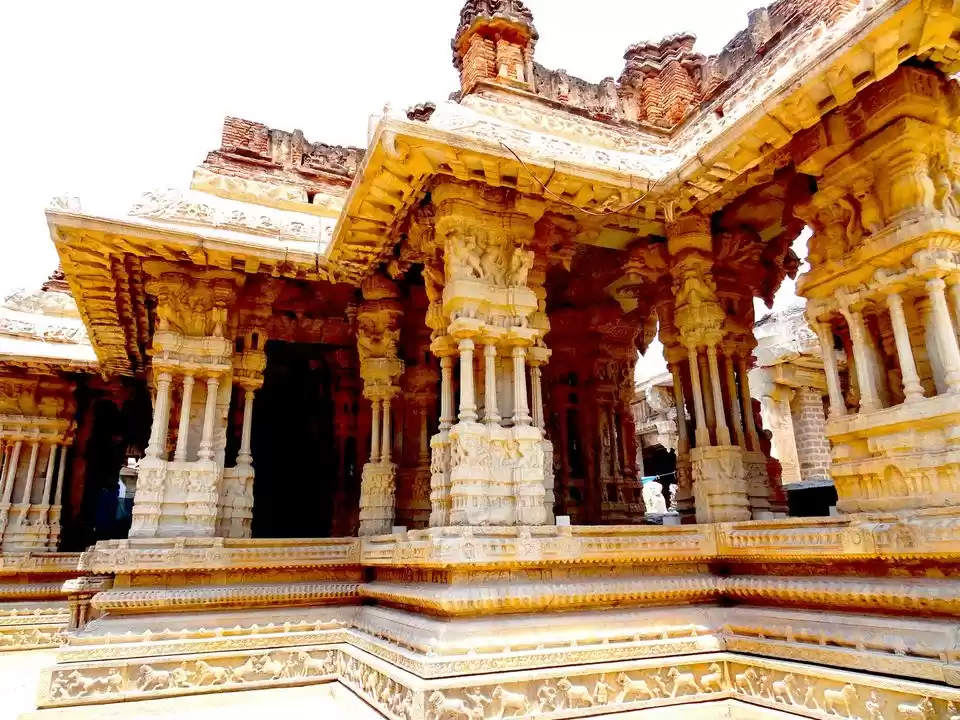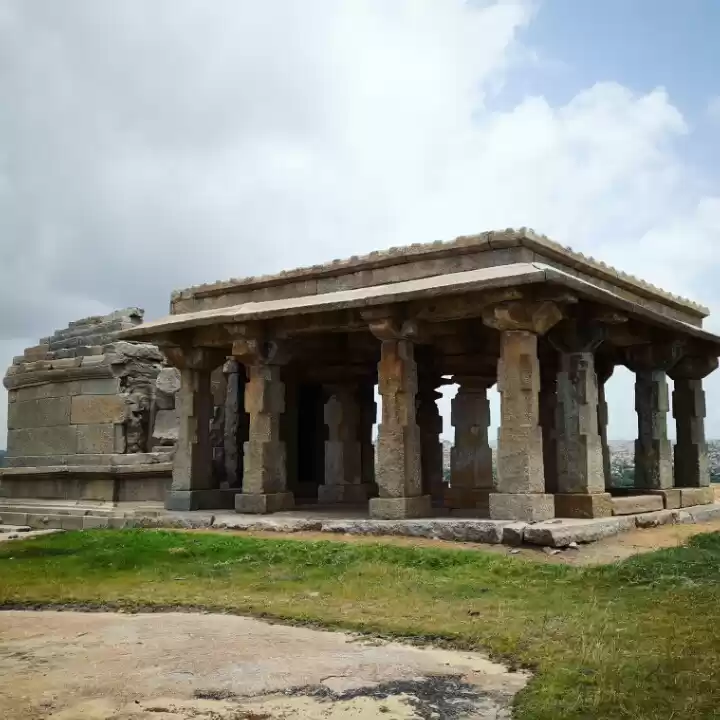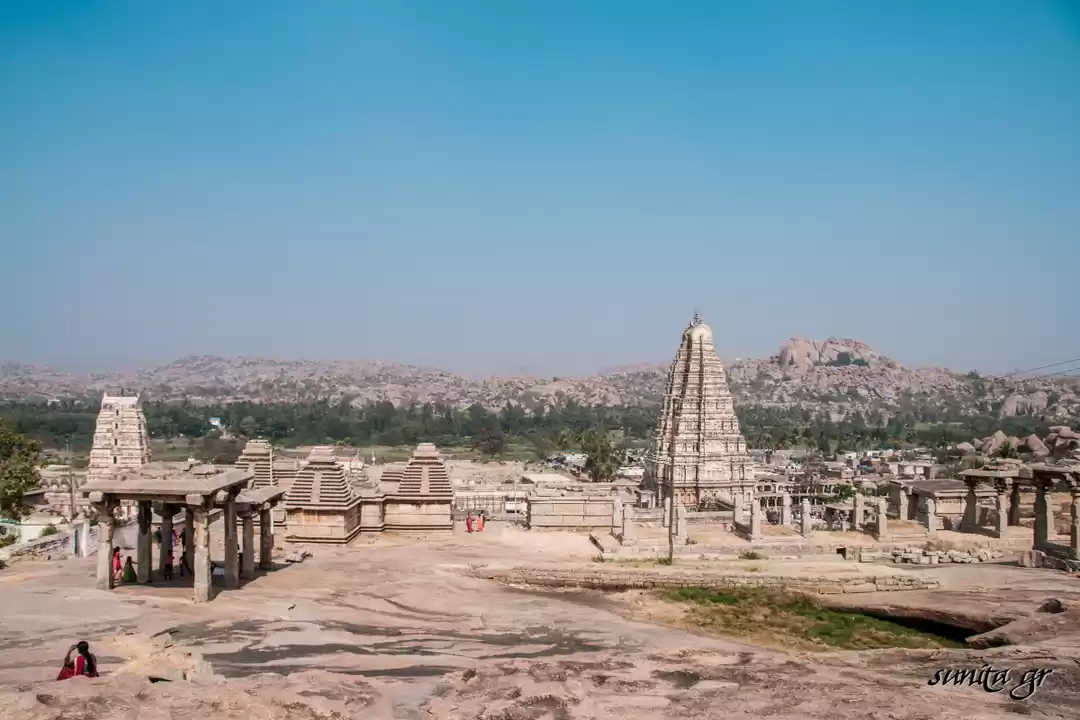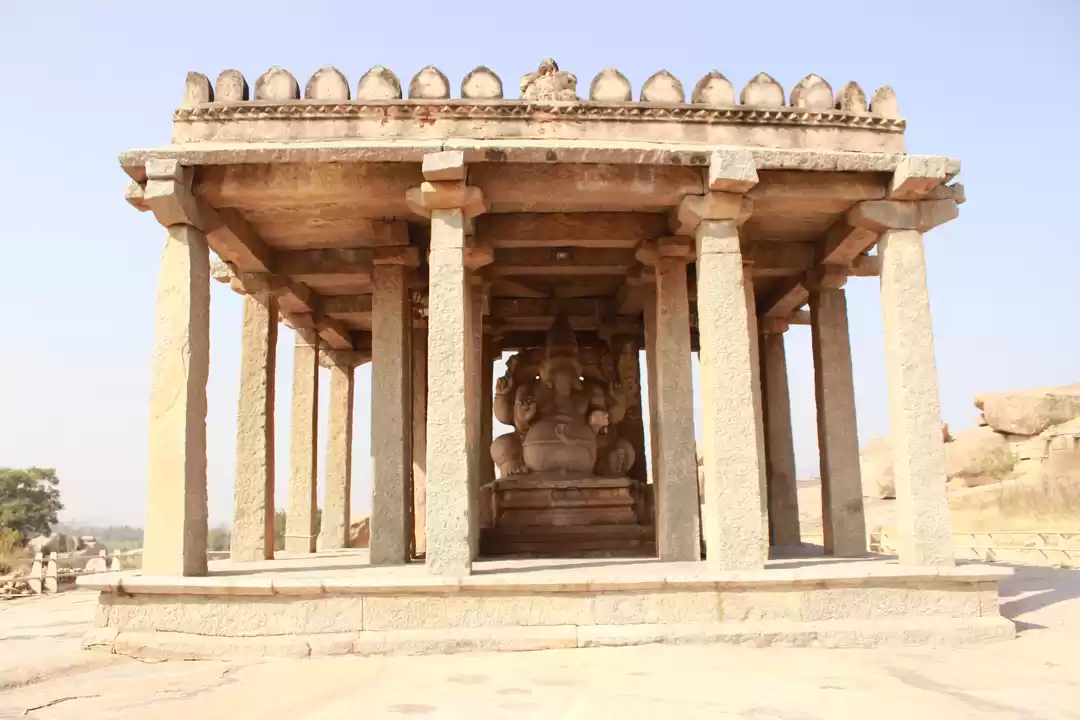










Hampi, now a village on the banks of Tungabhadra (then, Pampa) in northern Karnataka, India. Once a capital city of Vijayanagara empire, Hampi, continues to be an important religious and historical center with several monuments surrounding the place. The ruins of Hampi, as it is popularly known today is arguably the largest open museum in the world spreading over an area of 25 sq.kms. Surrounded by giant boulder strewn hills which are bisected by the river makes this UNESCO World Heritage site a perfect tourist destination.
The Hampi ruins are majorly divided into 2 parts: Royal Enclosure near Kamalapura, 4 kms away from Hampi and Hampi Bazaar Area which has various temples in Hampi. Of all the 70 different monuments present, Vittala Temple stands out for its extraordinary pillars with animated carvings on it. A set of 'musical pillars' produces different notes of music when tapped and is said to be used as musical instruments by musicians then.
If you believe that the stories of Hindu mythology are true, then Hampi has got a special place in Ramayana. The area was once called Kishkinda forest which was ruled by monkey brothers Vali and Sugriva. It is believed that Anjaneya (popularly known as Hamunan) was born on a hill which is named after him called Anjaneya Hill. One has to cross Tungabhadra to reach Anjaneya Hill. It is also believed that Sita has thrown her belongings in the lake near Anegundi.
Sitting at the foot of Matanga Hill and looking at the Virupaksha Temple, one can visualize the Hampi Bazaar of 14th century with sari clad women and men with dhoti bargaining in the market. Hampi was a buzzing city when cities like Mumbai, Kolkata and Chennai were yet to make their mark in India.













